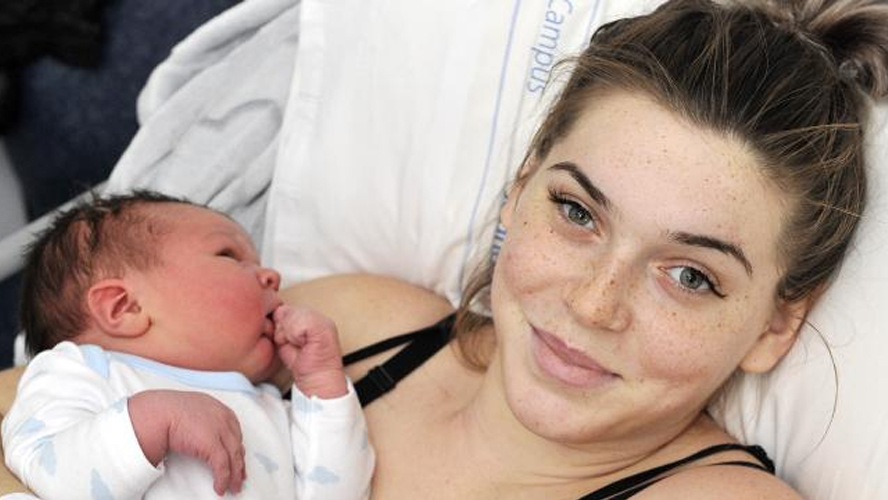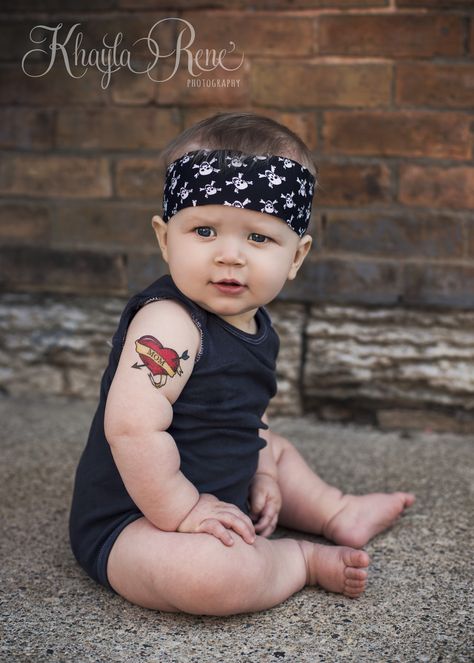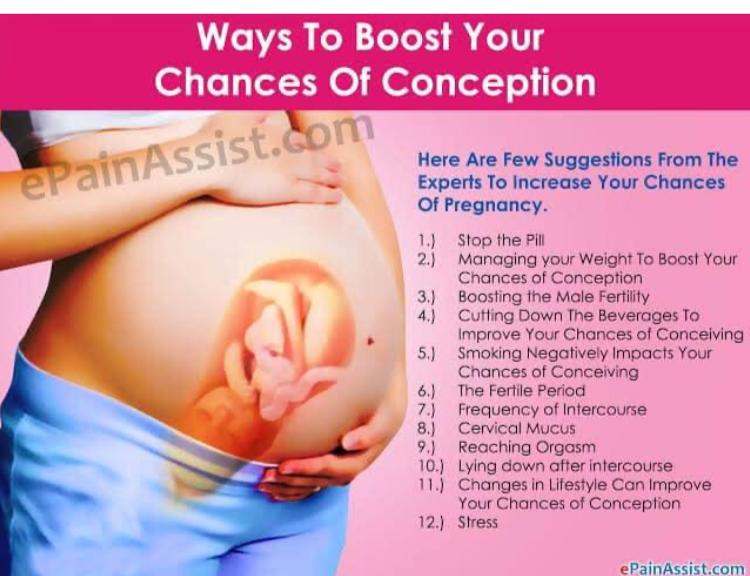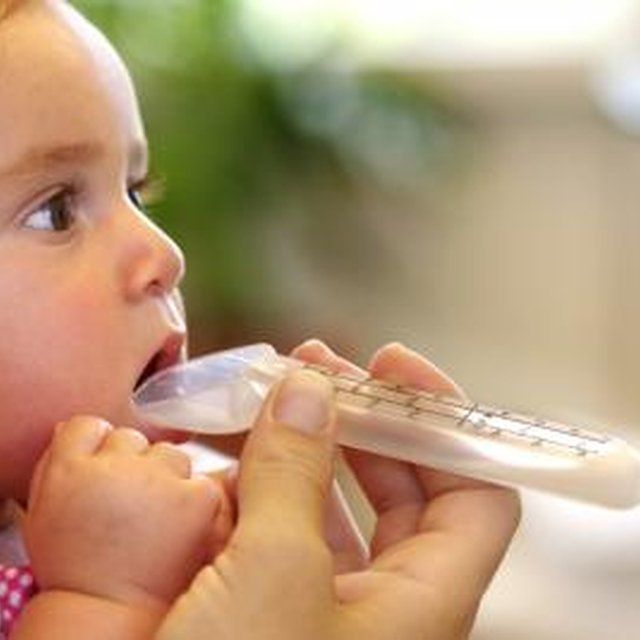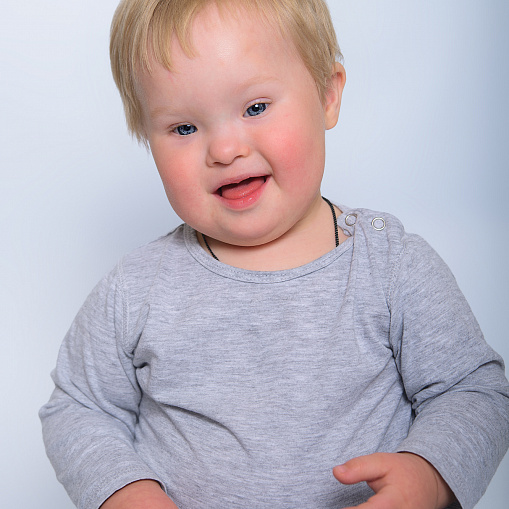3 months old child
1-3 Months Old Baby Development
Have you noticed how your baby’s tiny fingers curl around yours or close into fists? Or how your little one startles at a loud noise? Your baby was born with these and other reflexes, which will get less noticeable as your baby hits their 1-3 month milestone.
Doctors use milestones to tell if a baby is developing as expected. There’s a wide range of what’s considered normal, so some babies gain skills earlier or later than others. Babies who were born prematurely may reach milestones later. Always talk with your doctor about your baby’s progress.
How Much Will My 1- to 3-Month-Old Grow?
While all babies may grow at a different rate, the following indicates the average for boys and girls 1 to 3 months of age:
- Weight: average gain of about 1.5 to 2 pounds each month
- Height: average growth of about 1 inch each month
- Head size: average growth of about 0.5 inches each month
Your baby can go through periods of increased hunger and fussiness. This increase in hunger means your baby is going through a period of fast growth (a growth spurt). If you breastfeed, you might find your baby wants to eat more often during certain times of the day, and sometimes, every hour. This is called “cluster feeding.” Formula-fed babies may want to eat more often or will drink more formula than usual during feedings.
As your baby reaches 1 to 3 months, you’ll start to learn the signs that tell you that your baby is hungry or when your baby is full. You will know your baby is hungry when they seem restless, cry a lot, stick out their tongue or suck on their hands and lips. You will know your baby is full when they are no longer interested in feeding or falls asleep at the end of a feeding session. Remember, babies’ tummies are very small, and they need to be burped after feedings to release gas that can cause discomfort.
During your 1 to 3 month checkups, the doctor will measure your baby’s weight, length and head circumference and track their growth on a standardized growth chart.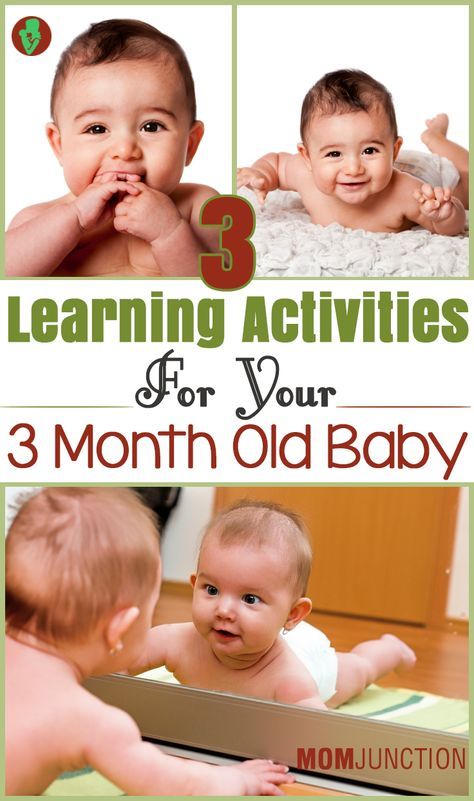 Note, there are different charts for boys and girls. Your baby might be large, small or medium-sized compared to the growth chart. As long as this growth pattern stays consistent over time, chances are your baby’s progress will be just fine.
Note, there are different charts for boys and girls. Your baby might be large, small or medium-sized compared to the growth chart. As long as this growth pattern stays consistent over time, chances are your baby’s progress will be just fine.
If your baby is born prematurely, keep in mind that growth and development should not be compared with that of a full-term child. Preemies will need to be followed more closely and may need to be weighed more often during the first months to make sure they are growing properly.
What Can My 1 to 3-Month-Old Baby Do at This Age?
As your baby begins to grow, you will notice new and exciting abilities that develop. Babies at this age begin to relax the tight muscle tone of newborns and begin extending their arms and legs more. While babies may progress at different rates, the following are some of the common milestones your baby may reach in this age group:
- Some of the newborn protective reflexes begin to disappear
- Neck muscles become stronger, head bobs then is held erect
- Turns head from side to side when placed on abdomen
- Brings hands or objects to mouth
- Looks at hands
- Follows light, faces, objects
- Listens to sounds
- Opens and closes hands
- Holds, then drops a rattle or other object
- Active leg movements
At the end of 3 months:
- Raises head and chest when placed on abdomen
- Beginning to reach hands to objects, may bat at hanging object with hands
What Can My 1- to 3-Month-Old Baby Say?
It is very exciting for parents to watch their babies become social beings that can interact with others.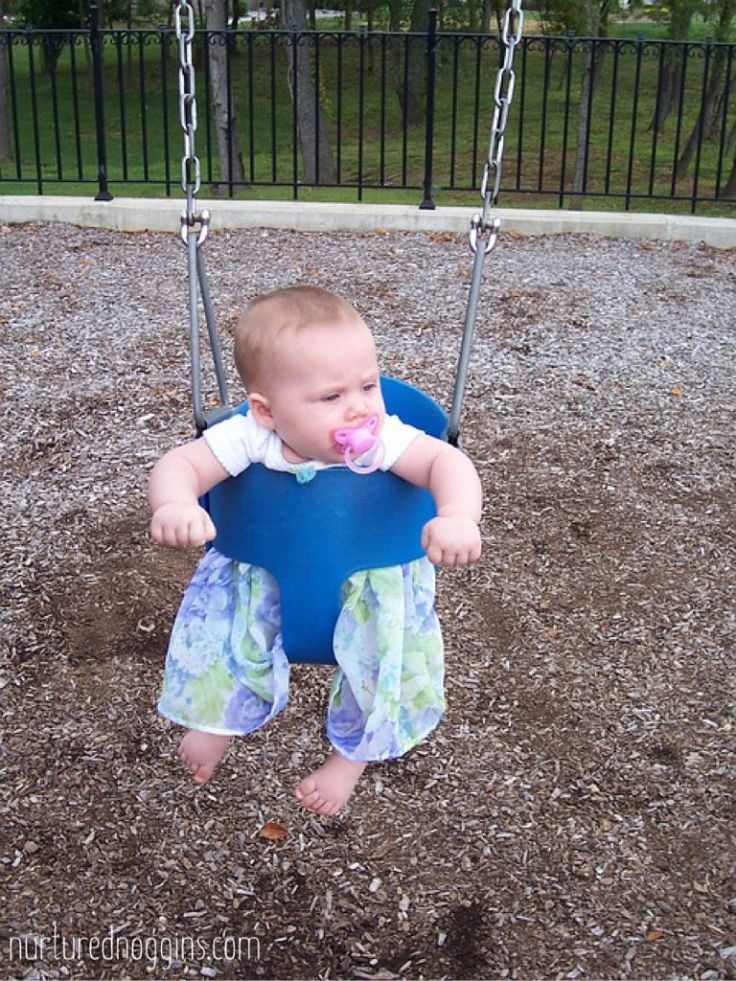 While every baby develops speech at their own rate, the following are some of the common milestones in this age group:
While every baby develops speech at their own rate, the following are some of the common milestones in this age group:
- Begins to imitate some sounds (coos, vowel sounds)
- Cries become more purposeful and are different for hunger, fatigue and other needs
What Does My 1- to 3-Month-Old Baby Understand?
A baby’s understanding and awareness of the world around them increases during this time. While babies may progress at different rates, the following are some of the common milestones in this age group:
- Knows familiar voices, especially of their parents
- Smiles in response to others
- Responds to social contact, may coo
- Moves arms, legs, body in rhythm with other’s voice
What Can My 1- to 3-Month-Old Baby See?
Babies at this age can focus on shapes that are close by but see distant objects as blurry because they are nearsighted. As babies grow, their eyesight improves. By the end of 3 months, they can follow a moving object, are more interested in shapes and patterns and can spot familiar faces, even at a distance.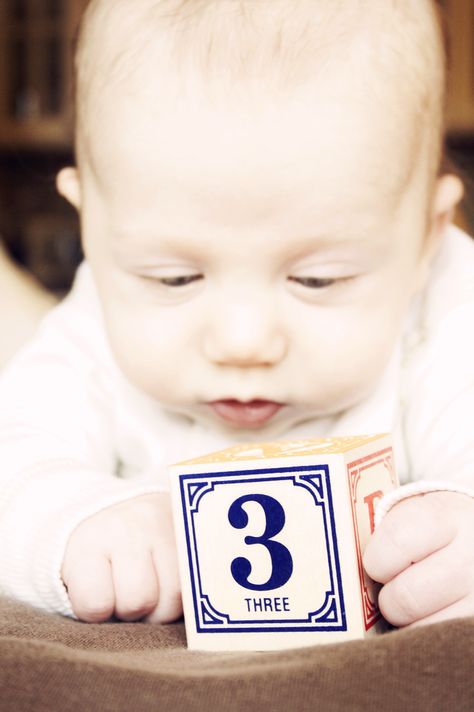 Human faces are one of their favorite things to look at, especially their own face or a parent’s face. Installing a baby-safe crib mirror at your baby’s eye level can be great for development at this age.
Human faces are one of their favorite things to look at, especially their own face or a parent’s face. Installing a baby-safe crib mirror at your baby’s eye level can be great for development at this age.
Your baby’s color vision is also developing at 1 to 3 months, so brightly colored wall hangings or toys will help develop your little one’s ability to distinguish color. Soft pastel colors, though, are hard for a baby to distinguish — something to keep in mind when buying toys and books.
What Can My 1- to 3-Month-Old Baby Hear?
Your baby has been hearing sounds since way back in the womb. Mother’s heartbeat, the gurgles of her digestive system, and even the sounds of her voice and the voices of other family members are part of a baby’s world before birth.
Once your baby is born, the sounds of the outside world come in loud and clear. At 1 to 3 months, your baby may startle at the unexpected bark of a dog nearby or seem soothed by the gentle whirring of the clothes dryer or the hum of the vacuum cleaner.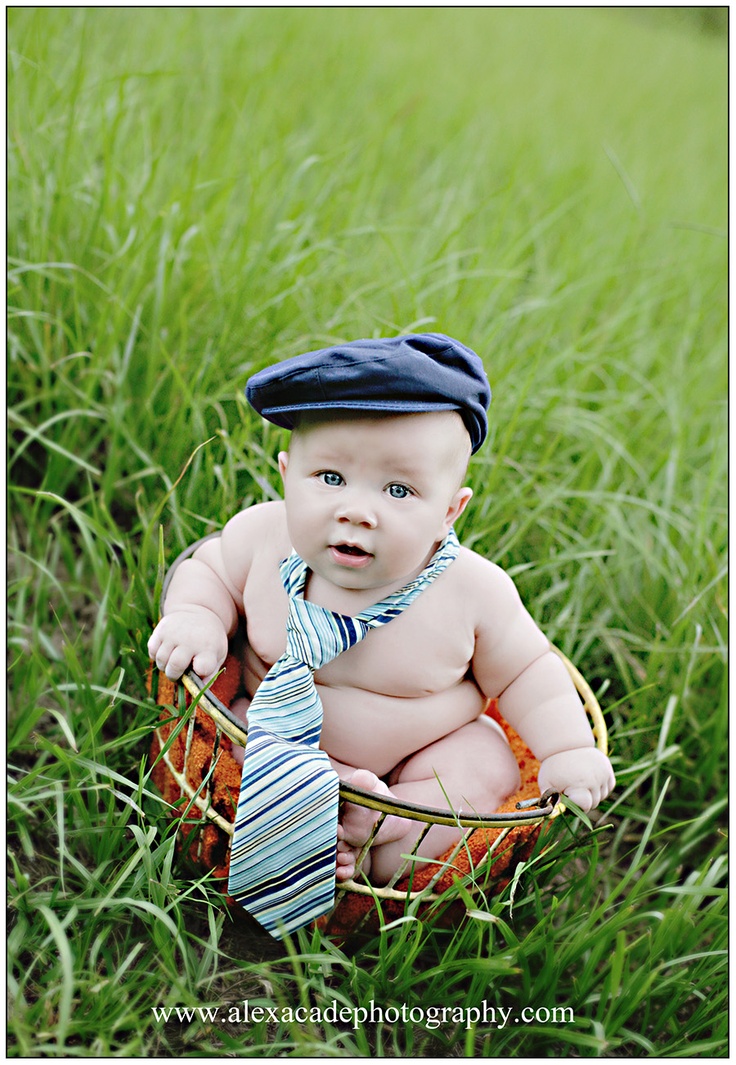
Your baby loves to hear your voice, so talk, babble, sing and coo away. Take special advantage of your baby’s own “talking” to have a conversation. If you hear your baby make a sound, repeat it and wait for them to make another. You are teaching your baby valuable lessons about tone, pacing and taking turns when talking to someone else.
Babies this age seem to respond best to a higher-pitched voice, which is why most people naturally raise the pitch of their voices and exaggerate their speech when talking to a baby. This is fine — studies have shown that “baby talk” doesn’t delay speech development. In fact, responding to your baby encourages speech. Feel free to mix in some regular adult words and tone with the baby talk. It may seem early, but you’re setting the stage for your baby’s first words.
Besides voices, your baby will probably enjoy listening to music (play a variety of styles) and may be fascinated by the routine sounds of life as well. Keep your baby nearby as you rattle pans while making dinner and let them sit in a baby seat within earshot of older siblings laughing and playing.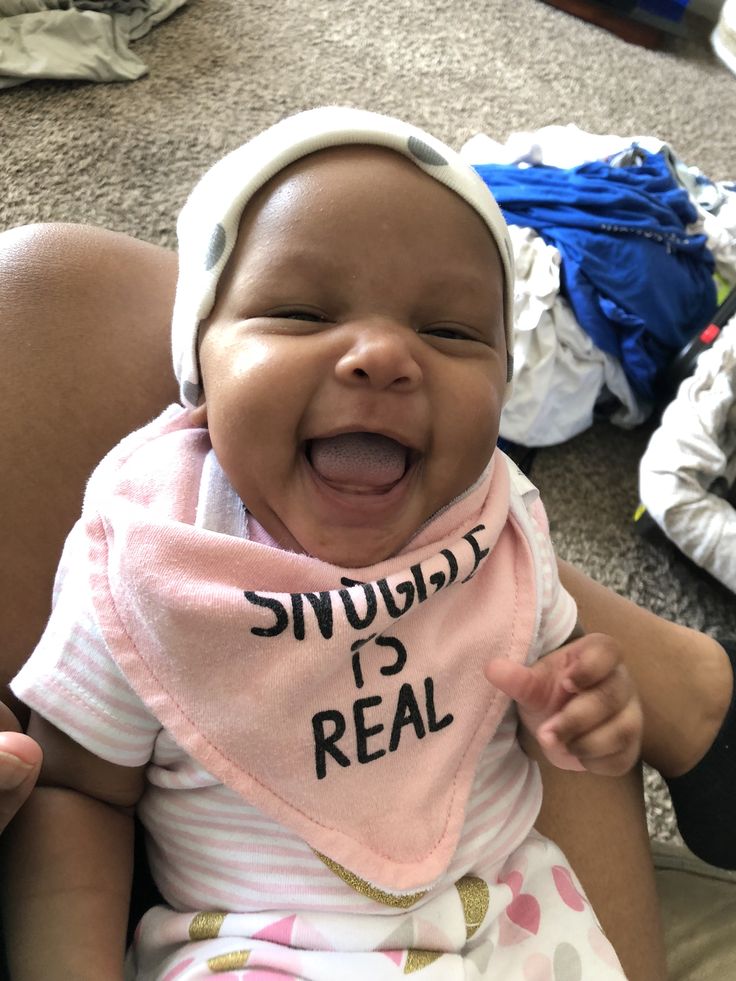 Baby rattles, musical mobiles and toys are other good ways to stimulate your baby’s hearing.
Baby rattles, musical mobiles and toys are other good ways to stimulate your baby’s hearing.
Your newborn probably had a hearing screening before being released from the hospital. If not, or if your baby was born at home/a birthing center, it’s important to have a hearing screening as soon as possible. Most children who are born with a hearing loss can be diagnosed through a hearing screening.
How Long Should My 1- to 3-Month-Old Baby Sleep?
Just when you think that getting more shut-eye is a far-off dream, your baby will begin to sleep longer stretches at night. As a baby’s sleep cycle gets closer to yours, your baby may be feeding less often at night. At this stage, “sleeping through the night” is considered to be a stretch of about five to six hours.
Babies at this age are more awake, alert and aware of their surroundings during daylight hours, so they’re more likely to be tired at night and sleep. Infants up to 3 months old should get 14-17 hours of sleep over a 24-hour period.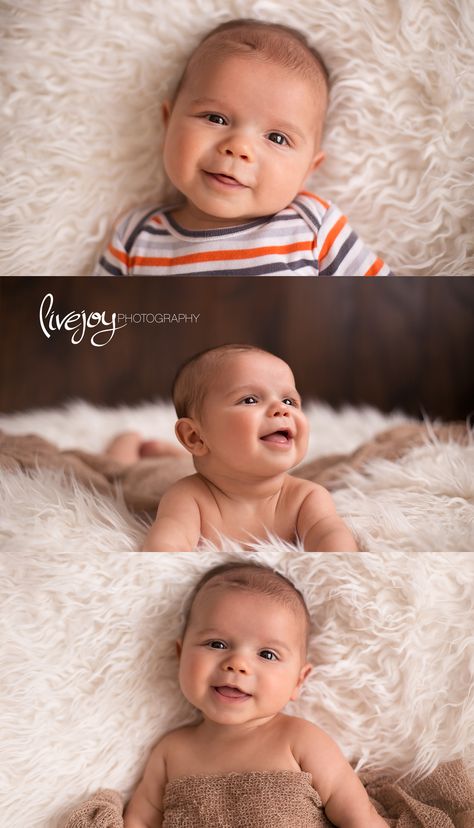 Many will have settled into a daily sleep routine of two or three naps during the day, followed by a longer “sleeping through the night” stretch after a late-night feeding.
Many will have settled into a daily sleep routine of two or three naps during the day, followed by a longer “sleeping through the night” stretch after a late-night feeding.
Check out our healthy sleep for babies to get more info.
How Can I Help Increase My 1- to 3-Month-Old Baby’s Development And Emotional Security?
Young babies need the security of a parent’s arms, and they understand the reassurance and comfort of your voice, tone and emotions. Consider the following as ways to foster emotional security of your newborn:
- Hold your baby face-to-face and make eye contact.
- Talk to your baby with a soothing, animated voice throughout the day while dressing, bathing, feeding or playing with your baby.
- Sing to your baby.
- Give your baby rattles and soft toys with different sounds.
- Let your baby hear different sounds (for example, wind chime, ticking clock, soft music or music box).
- Show your baby bright pictures of black and white images.
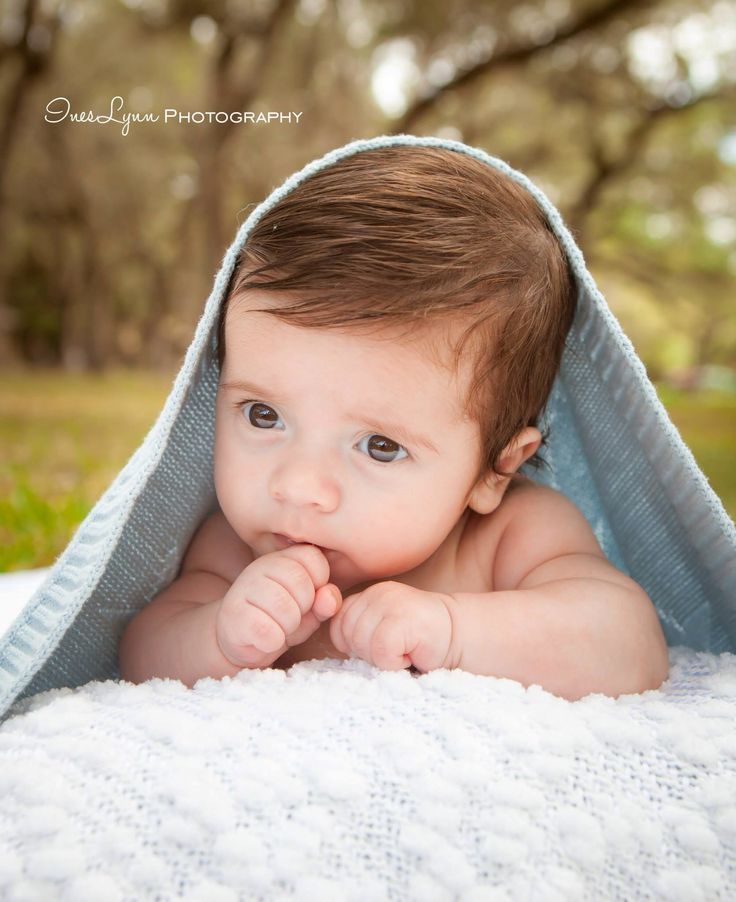
- Hang a mobile with bright objects above your baby.
- Call your baby by name.
- Hold your baby during feedings and provide comfort when he or she is distressed and cuddling when happy.
Reviewed by Dr. Vivi Tran, Los Alamitos Pediatrics, CHOC Primary Care – May 2021
Your baby's growth and development - 3 months old
beginning of content5-minute read
Listen
By 3 months, your baby will have formed a strong attachment to you. They will respond to you with lots of smiles, and might even talk back to you in their own way. The worst of the crying should be nearly over, and you can really enjoy your baby as they grow into their own little person.
Your 3-month-old
By the time your baby is 3 months, the fontanelle (soft spot at the back of their head) should have closed.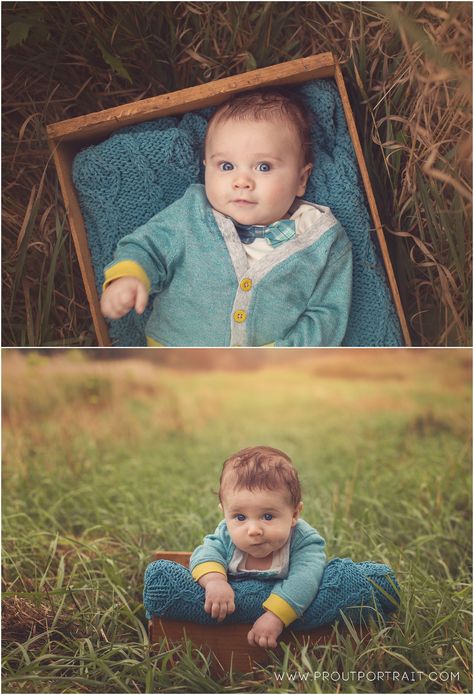 There will still be a soft spot on top of their head. It might seem as if your baby’s head has grown faster than their body. It’s normal – the body will soon catch up.
There will still be a soft spot on top of their head. It might seem as if your baby’s head has grown faster than their body. It’s normal – the body will soon catch up.
You will still be getting disturbed sleep at nights, but from 3 months many babies start to ‘sleep through’ (which means sleeping for 5 or 6 hours at a stretch at night). But don’t worry if your baby isn’t doing this – they are all different.
Understanding baby growth charts
A growth chart helps you and your doctor keep track of how your baby is growing.
What can your baby do?
By now your baby will be starting to experience emotions and communication. They will respond to different expressions, know your voice and will turn to look for you when they hear you. They may start laughing out loud and look around them in wonder – especially at their fingers and toes.
They will smile at strangers, but they definitely know who their parents are by now. Their brain is growing fast and they will start to recognise people by sight and smell as well as by their voice.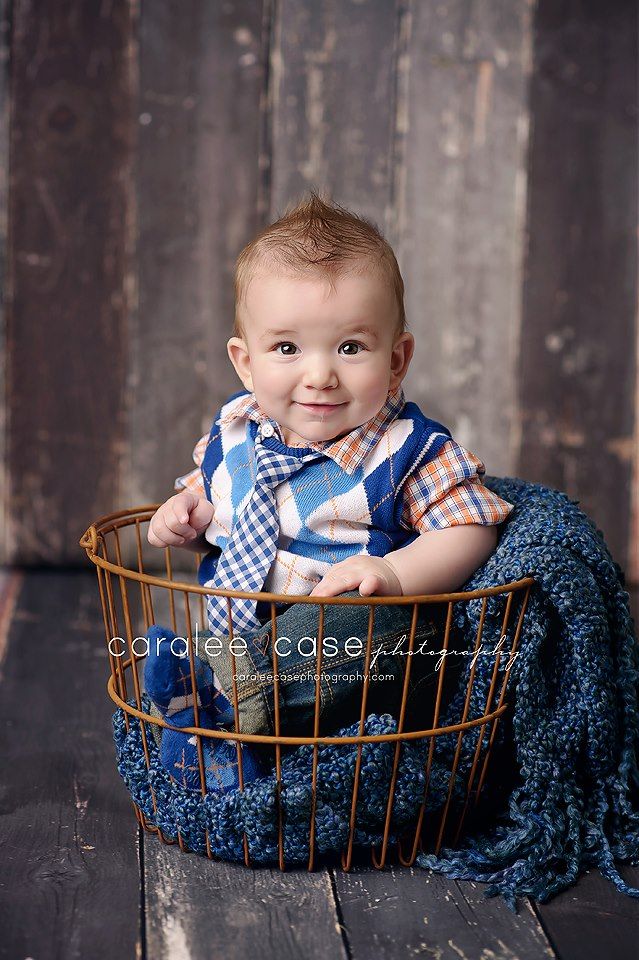
They will be gurgling a lot and trying to respond to you when you talk to them. Their sense of touch is also becoming more sensitive and they will be able to pay attention to things for longer.
From now on, your baby will start to reach out for objects as the muscles develop in their arms and hands. They will try to put things in their mouth, although they can't quite coordinate their hands and eyes yet, take a long look at objects and shake or rattle them.
Physically, your baby will have better control of their head movements and will start to hold their head up when they’re sitting up. When you give them tummy time, you might notice they roll from their front to their back, lift up their head or push up their chest with their hands.
They will be waving their arms and kicking their legs strongly. If you hold them upright with their feet on the floor or your lap, they’ll probably push down on their legs.
A lot of the time, if they are near a dangling object, they will bat at it with closed fists.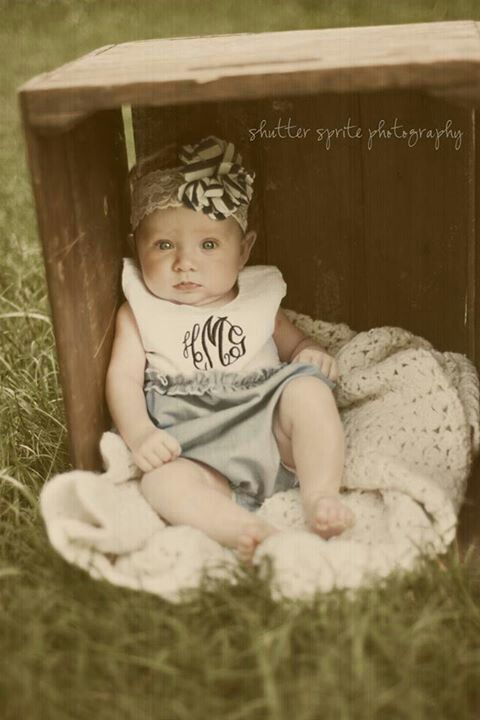 However, they can also open their fingers to grasp an object and they will be better coordinated, so they can bring their hands together.
However, they can also open their fingers to grasp an object and they will be better coordinated, so they can bring their hands together.
How can I help my baby develop?
This is the time when the foundations of language are built. Talk and read to your baby as much as possible. It will help them learn how language works and how conversations go back and forth. Respond to your baby with words or with different noises, to encourage them to express themselves.
Choose baby books with large, bright pictures. It doesn’t really matter what the words are, it’s the sound of your voice that counts. Point to things around your baby and tell them the names. If you live in a bilingual home, it’s OK to use both languages to describe the world to your baby.
You can help your baby to develop the muscles in their neck and back by dangling a toy in front of them when they’re on their tummy. Or offer a toy to them to help them learn to grasp it. Stimulate their sense of touch by stroking them with different materials like fur, felt and tissue.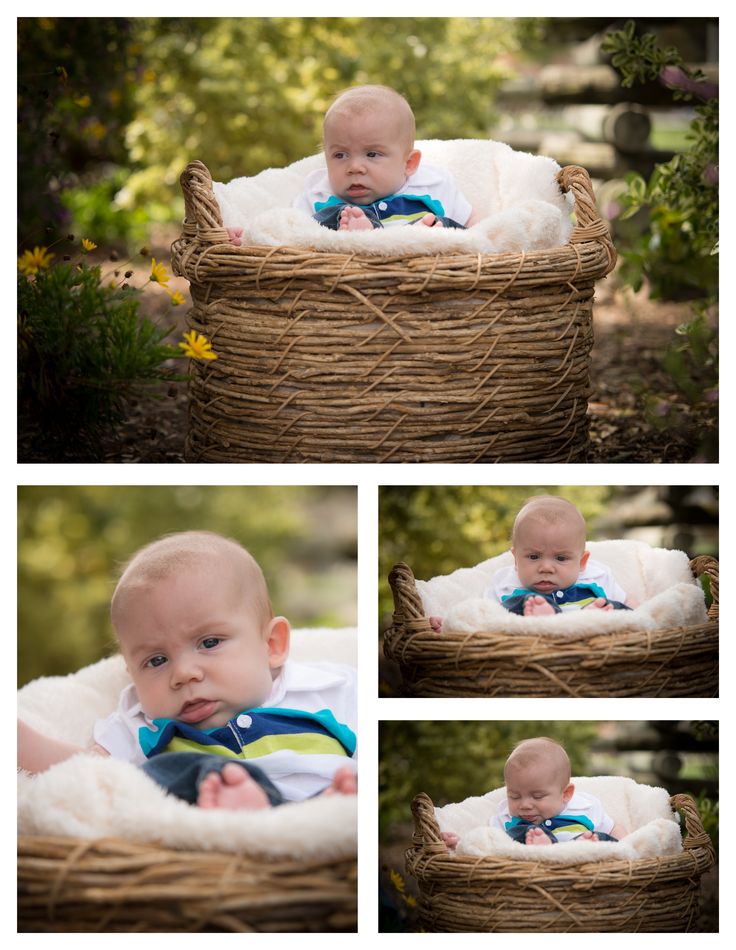 Cuddles, massage and moving them through the air will all help to calm them down.
Cuddles, massage and moving them through the air will all help to calm them down.
Development problem signs
Babies develop at a different rate. At 3 months, talk to your doctor or maternal child health nurse if:
- they aren’t smiling by 8 weeks
- they don’t calm down, even for a little while, when you pick them up to comfort them
- one side of their body seems to be stronger than the other
- they’re still holding their fingers in a tight fist
- sudden noises don’t startle them
- they aren’t feeding properly
- they’re floppy or stiff
Where can I go for help?
If you are worried or would like to discuss any issues with your baby’s development, speak to your doctor or child health nurse.
Speak to a maternal child health nurse
Call Pregnancy, Birth and Baby to speak to a maternal child health nurse on 1800 882 436 or video call. Available 7am to midnight (AET), 7 days a week.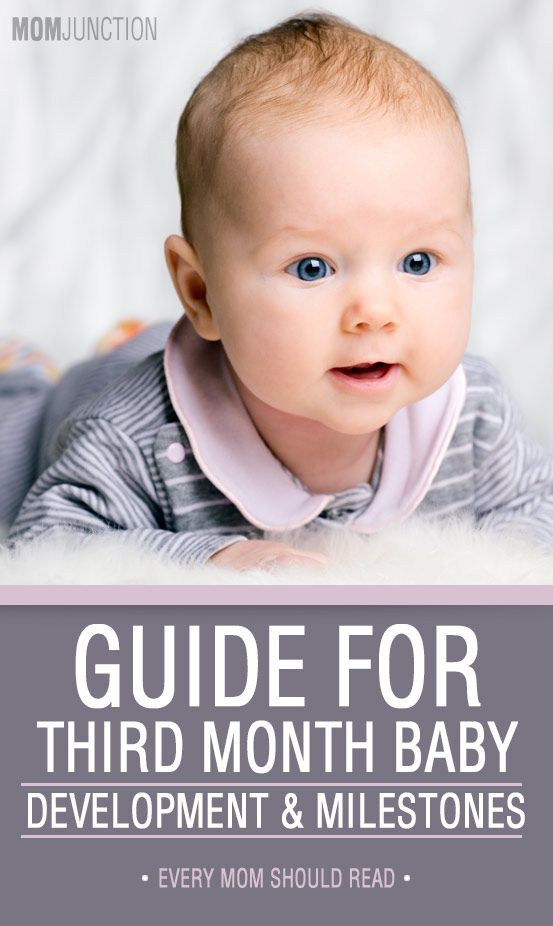
Sources:
Raising Children Network (3-4 months: baby development), Women's and Children's Health Network (Milestones: Children 0-4 years), Raising Children Network (2-3 months: newborn development), Australian Children's Education and Care Quality Authority (Developmental milestones and the Early Years Learning Framework and the National Quality Standards)Learn more here about the development and quality assurance of healthdirect content.
Last reviewed: October 2020
Back To Top
Related pages
- Bonding with your baby
- How your baby learns - birth to 3 years
- Your baby’s growth and development – first 12 months
- Understanding baby growth charts
This information is for your general information and use only and is not intended to be used as medical advice and should not be used to diagnose, treat, cure or prevent any medical condition, nor should it be used for therapeutic purposes.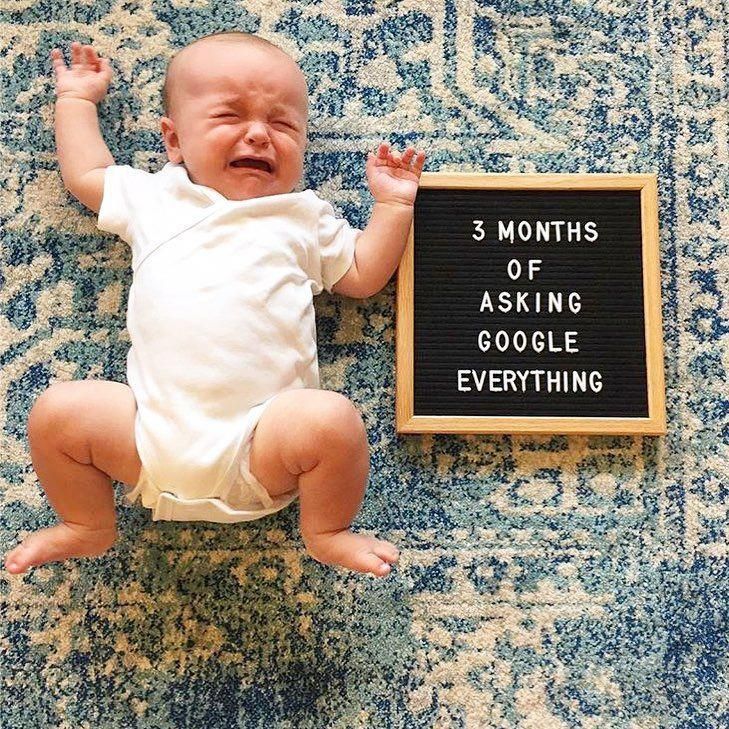
The information is not a substitute for independent professional advice and should not be used as an alternative to professional health care. If you have a particular medical problem, please consult a healthcare professional.
Except as permitted under the Copyright Act 1968, this publication or any part of it may not be reproduced, altered, adapted, stored and/or distributed in any form or by any means without the prior written permission of Healthdirect Australia.
Support this browser is being discontinued for Pregnancy, Birth and Baby
Support for this browser is being discontinued for this site
- Internet Explorer 11 and lower
We currently support Microsoft Edge, Chrome, Firefox and Safari. For more information, please visit the links below:
- Chrome by Google
- Firefox by Mozilla
- Microsoft Edge
- Safari by Apple
You are welcome to continue browsing this site with this browser. Some features, tools or interaction may not work correctly.
Some features, tools or interaction may not work correctly.
what “should” be able to be able, features of caring for boys and girls
10.03.2021
22681
21
Development of a child
0-3 months 9,0003
Article
Babysleep
team Babysleep
Sleep consultants, doctors, psychologists, breastfeeding consultants
In the three months of life, your child has made the leap from a small bundle that mostly sleeps, eats and cries, to a person who smiles at you, recognizes loved ones, hums and is very interested in your own hands! It's only the beginning! But for now, let's take a closer look at what awaits the parents of a three-month-old baby.
Baby's crisis calendar
In this article:
Baby's height and weight at 3 months
Skillful hands: developing hand skills at 3 months
Baby's physical development at 3 months
Baby's mental development at 3 months
Baby's massage at 3 months
Speech development
How to play with a baby at 3 months
How sleep and child development mutually influence each other
All children are different.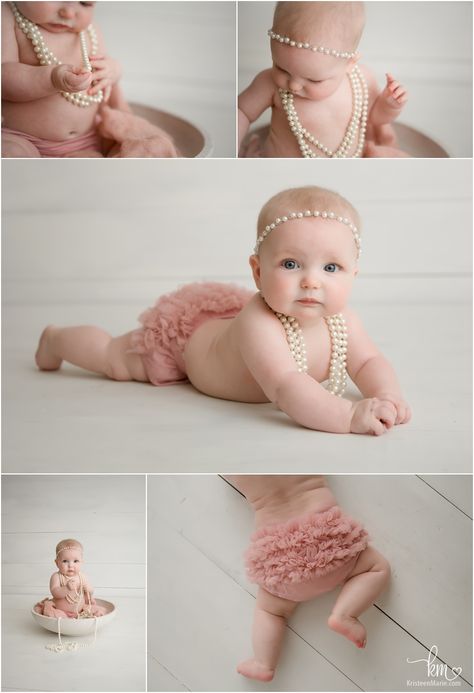 Even twins often have different rates of development. Any tables and norms can only serve as a guide. Hardly anyone can feel a child better than a mother and know what and when he needs.
Even twins often have different rates of development. Any tables and norms can only serve as a guide. Hardly anyone can feel a child better than a mother and know what and when he needs.
Height and weight of a child at 3 months
These tables were developed by WHO specialists during a multicenter study of the height and weight of boys and girls around the world. The study is based on measurements of growth in full-term infants who are breastfed at least up to 6 months.
The tables show the values for WHO: “very low” - 1 percentile, “low” - 5, “below average” - 25, “average” - 50, “above average” - 75, “high” - 95, “ very high” — 99.
Child's height at 3 months
During the third month, children grow by 2-3 cm on average.
Natalia Trofimova
Senior sleep consultant, pediatrician childbirth and birth weight, type of feeding. It is optimal when the height and weight indicators are in the same column-corridor (“medium”, “low”, “above average”, etc.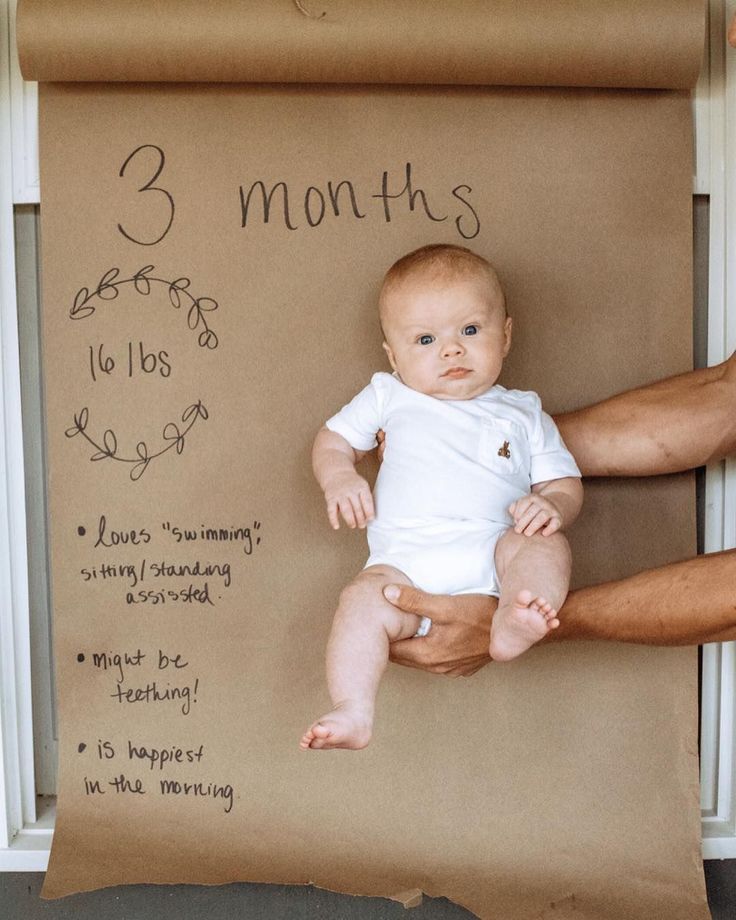 ) or in neighboring ones. The attention of the pediatrician is required when both indicators are in the extreme columns, or the difference between the corridors of values is 3 or more (for example, weight and height in the first percentile corridor is “very low” or weight in the first is “very low”, and height in the fifth is “higher than average"). 9More than a dream Boys
) or in neighboring ones. The attention of the pediatrician is required when both indicators are in the extreme columns, or the difference between the corridors of values is 3 or more (for example, weight and height in the first percentile corridor is “very low” or weight in the first is “very low”, and height in the fifth is “higher than average"). 9More than a dream Boys
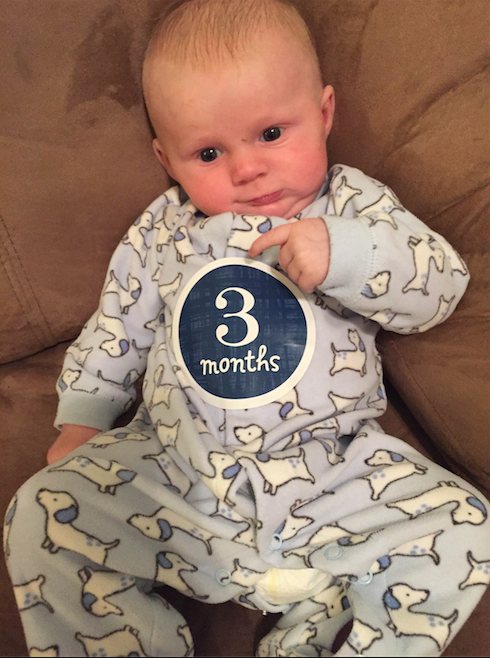 56. 56. 56. 56. 56. 56. 56. 56. 56. 56.59
56. 56. 56. 56. 56. 56. 56. 56. 56. 56.59 Baby weight at 3 months
During the third month, children gain an average of 800–900 g in weight. But the gain can be either more or less than the average value. It is definitely worth showing the baby to the doctor if he adds less than 125 grams per week.
Shulamith Volfson
Pediatrician with more than 18 years of experience
“It is worth remembering the difference in the gains of breastfed and artificially fed children. Babies on IV add smoothly, in the first six months, 600–700 grams each. But babies on breastfeeding up to 4-6 months can sometimes even gain up to 1.5-2.5 kg per month, and this is absolutely normal, in the second half of the year such a “dumpling” will definitely get slimmer.
More than a dream
baby-sleep.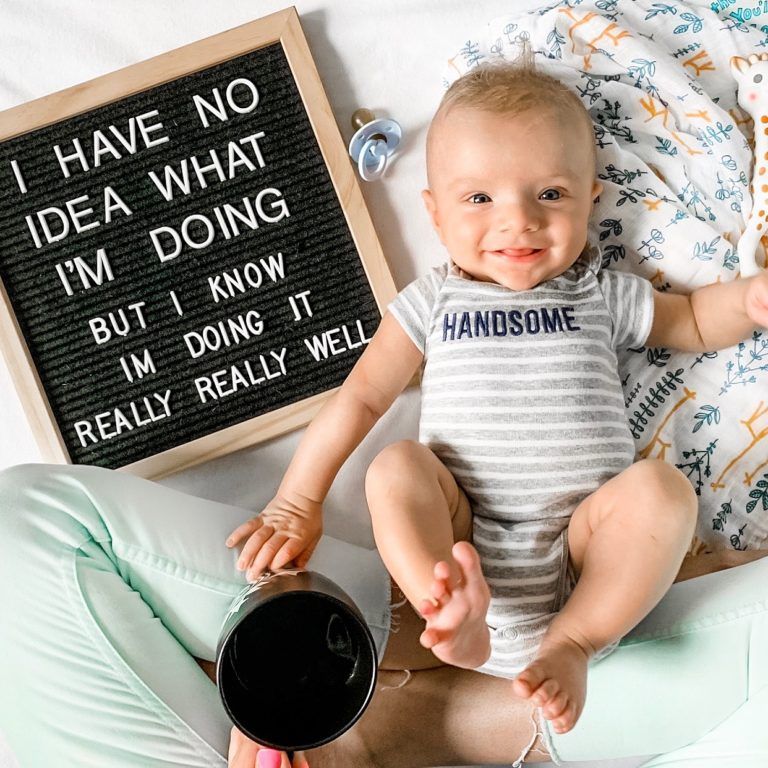 ru
ru
Baby's weight at 3 months (kg) Boys
Skillful hands: the formation of hand skills at 3 months
Three months is the time when a baby develops conditioned reflex movements.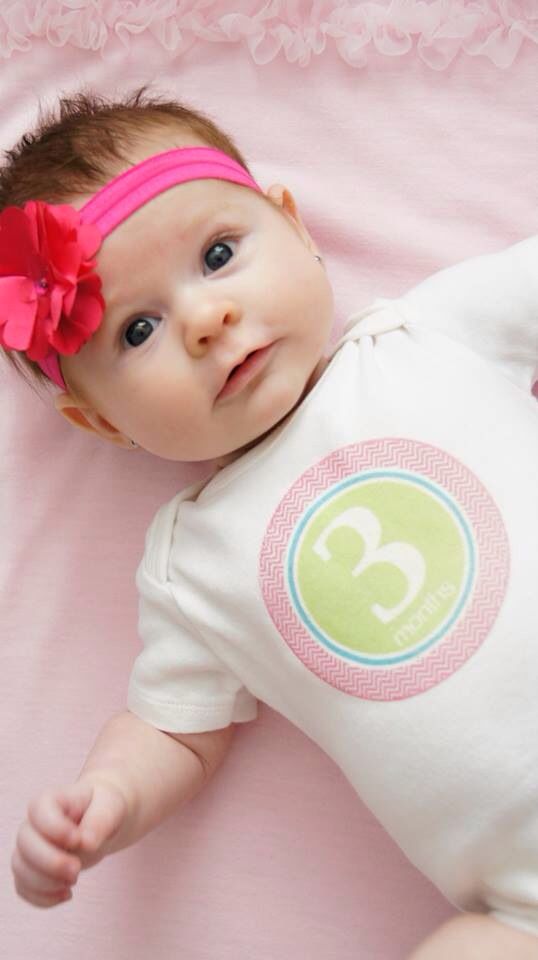 He can hold objects put into his hand for up to 10 seconds and will definitely pull them into his mouth. Attempts (increasingly successful) begin to shift the rattle from one hand to the other. When sucking, his fingers move vigorously and rhythmically. The child freely swings his arms, but does not yet fix his eyes on them and does not follow them.
He can hold objects put into his hand for up to 10 seconds and will definitely pull them into his mouth. Attempts (increasingly successful) begin to shift the rattle from one hand to the other. When sucking, his fingers move vigorously and rhythmically. The child freely swings his arms, but does not yet fix his eyes on them and does not follow them.
Physical development of a child at 3 months
3 main skills of a three-month-old baby:
- Lying on your stomach, lift yourself up and lean on your forearms.
- Roll over from back to side, and later from side to stomach.
- Make initial manipulations: the baby “found” his hands and is very interested in them, and when feeding, he can support the bottle or breast.
If by the end of the fourth month the baby does not do this, contact the pediatrician. But a slightly increased tension in the flexor muscles of the arms and legs at this age is the norm and is called physiological hypertonicity.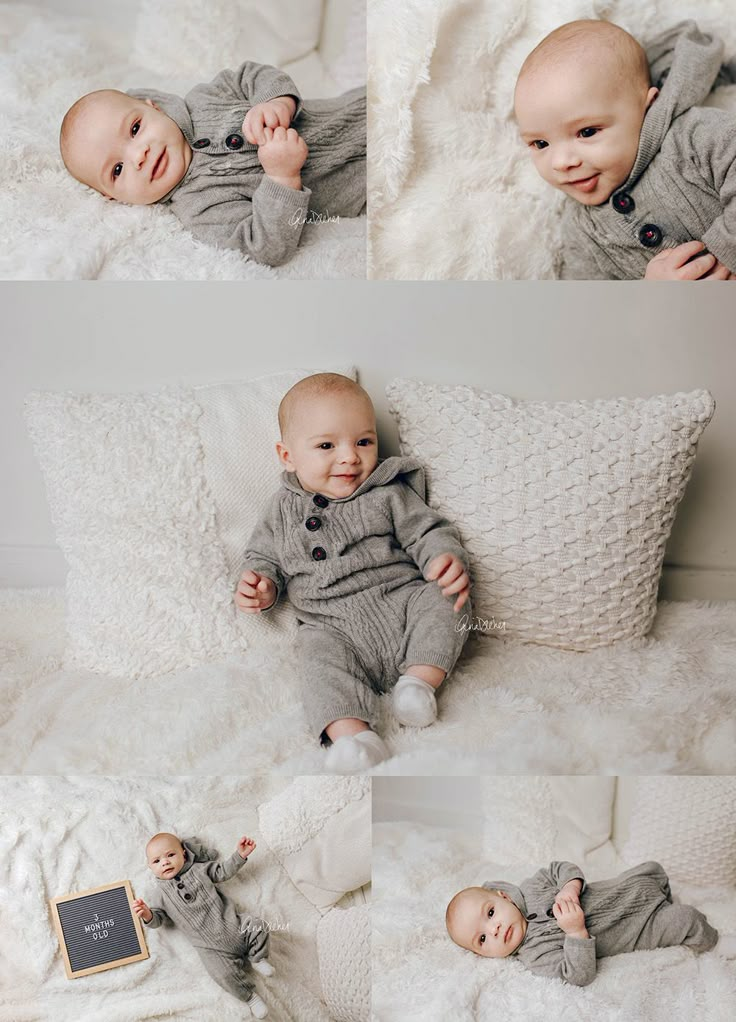
At 3 months, many reflexes of the neonatal period fade away: the Moro reflex is almost absent, the grasping reflex is greatly weakened, reflex crawling has disappeared, as well as automatic walking and the support reflex. If these reflexes persist or you notice asymmetric movements in the baby, you should contact your pediatrician.
Most often this month, mothers are worried about:
Regurgitation
During the first 3–4 months of life, regurgitation is observed in 65–70% of children at least once a day. This occurs due to the increased pressure of food on the esophageal sphincter immediately after eating. Spitting up is normal at this stage of development, it usually goes away on its own as the child grows up and usually does not require additional diagnosis and treatment. Read more about regurgitation in our article.
Mental development of a child at 3 months
After the third developmental leap, the baby begins to perceive mild changes in sounds, light, movements.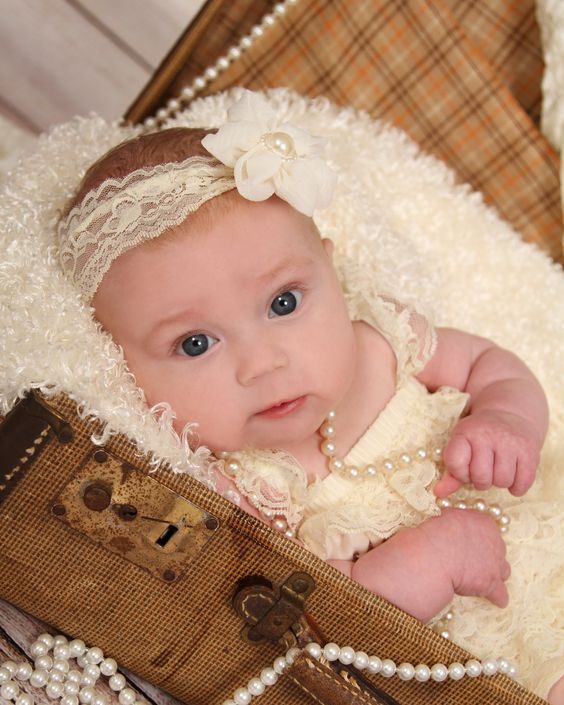 Previously, the baby only hit the toys, now he can already feel them, take them in his hand, examine them, shake them, listen to what sounds they make. In the world of a child, everything takes on a new meaning.
Previously, the baby only hit the toys, now he can already feel them, take them in his hand, examine them, shake them, listen to what sounds they make. In the world of a child, everything takes on a new meaning.
The kid recognizes his loved ones, not only his mother, but also other relatives. He is very emotional: he reacts to smiles, communication with animation, and when left alone for a long time, he cries. He is curious, carefully examines his mother's face, his own arms and legs.
Conditioned reflexes are formed in the baby: at the sight of the mother's breast, the baby calms down. Short-term memory is already showing itself. And the baby begins to pronounce sounds with different intonations.
And although the next developmental leap is called a four-month leap, it starts already at 3.5 months, so during this period the baby may become more restless.
Baby massage at 3 months
If you decide to add daily massage to baby care, then from 3 months, in addition to stroking, you can introduce a new technique - rubbing.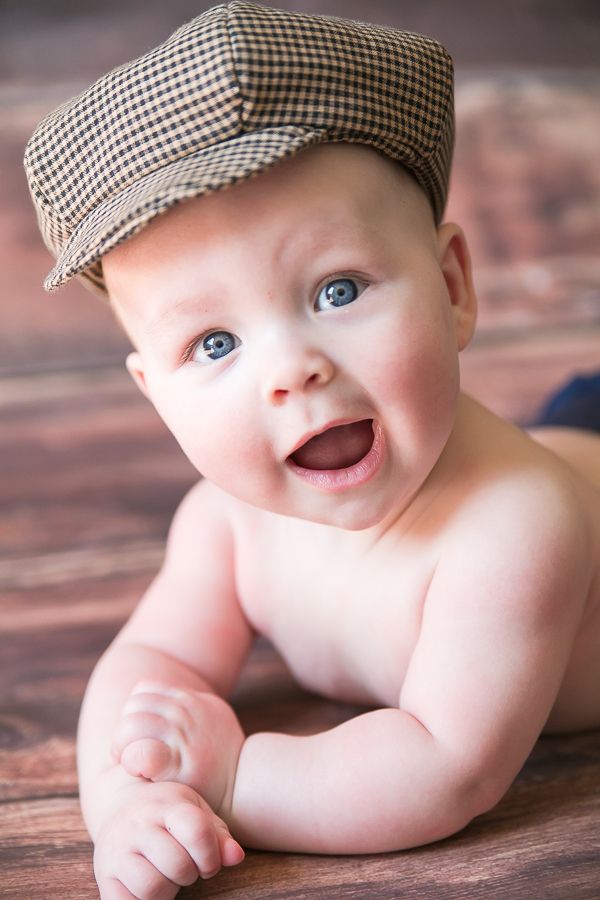 It differs from stroking only in intensity: when you run your palm or fingertips over the baby’s skin, it shifts slightly.
It differs from stroking only in intensity: when you run your palm or fingertips over the baby’s skin, it shifts slightly.
We remind you that massage is not a necessity for healthy babies, but if both you and the baby like it, then massage to health, and remember that it is better to do this:
- 40-60 minutes after feeding or immediately after sleep;
- at 20-22°C;
- talking affectionately with a child;
- when the baby is in a good mood;
- when there is at least 45 minutes left before bedtime (the last half an hour before bedtime is best spent in less exciting activities).
And to make the massage more interesting, you can accompany it with play rhymes ( Rain waters the grass - lightly tap on the back with the tips of relaxed fingers, The wind shakes the tree - lightly rock the baby, putting his hands on his shoulders, etc.).
Development of speech
An important part of the development of speech is the ability to perceive it.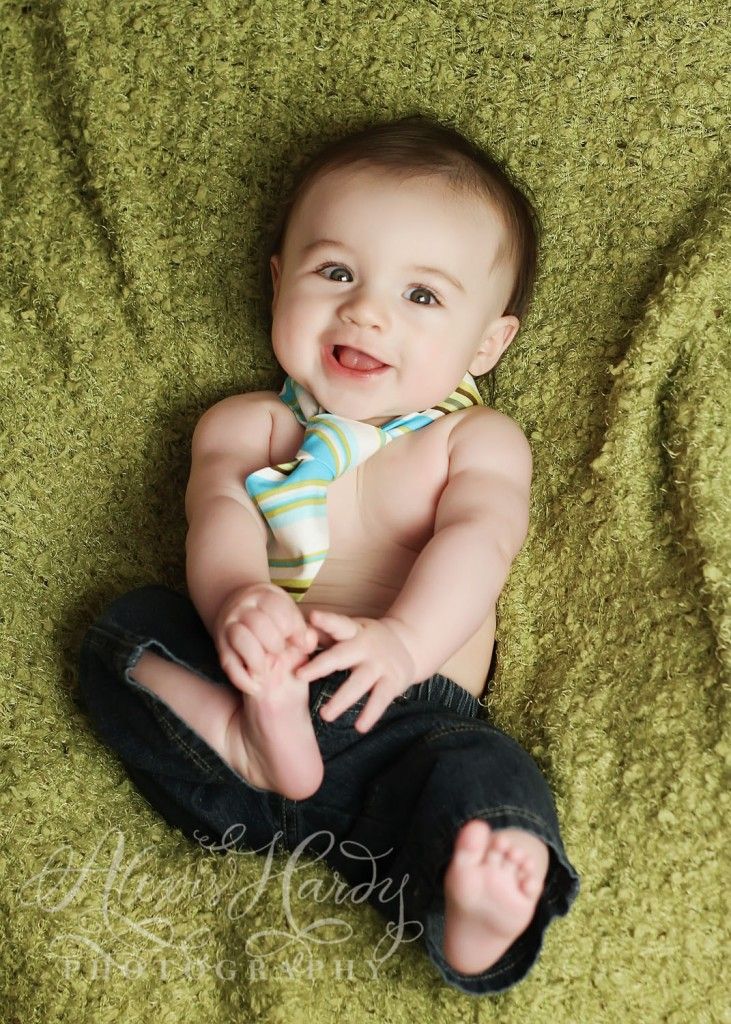 A three-month-old baby quickly finds the face of a speaking person with his eyes. When adults talk to each other, he turns to them and smiles.
A three-month-old baby quickly finds the face of a speaking person with his eyes. When adults talk to each other, he turns to them and smiles.
A child can respond to speech addressed to him with sounds and even syllables! At 3-4 months, he goes from cooing (pronouncing long vowels) to babbling (repeating syllables like ma-ma-ma, ha-ha-ha ).
He tries to imitate the speech of adults. You can support this natural process by playing a simple daily game with your baby.
Lean over him so that he can see your face well, smile and start pronouncing the vowels, articulating them exaggeratedly:
AAAA - wide open your mouth
IIII - smile broadly, showing your teeth
UUUU - stretch your lips with a pipe
OOOo - make the most elongated face and stroke of the mouth 9000 9000 9000. grimaces, this will push him to imitate you.How to play with a 3 month old baby?
Game 1. "Where is Masha's nose?"
"Where is Masha's nose?"
The baby gets used to the sound of his own name and learns the names of the parts of the face.
“Where is Masha's nose? Here it is the spout "- lightly touch the tip of the spout, tap with your index finger on and around the spout.
“Where is Masha's forehead? Here it is the forehead "- with the thumbs of both hands we make several light movements from the center of the forehead to the temples.
“Where are Masha's cheeks? Here they are cheeks ”- with light tapping of the fingertips, draw three lines on the baby’s cheeks from the nose to the ears, moving from top to bottom.
“Where are Masha's ears? Here they are ears ”- with index and thumbs we draw along the ears from top to bottom.
“Where is Masha's mouth? Here it is the mouth ”- with index fingers we make circular movements around the child’s mouth.
Game 2. Hands and feet
Stimulates speech and movement.
Recite poetry while moving the child's arms and legs:
Where are our hands? Here are our pens!
Raise the handles, lower the handles.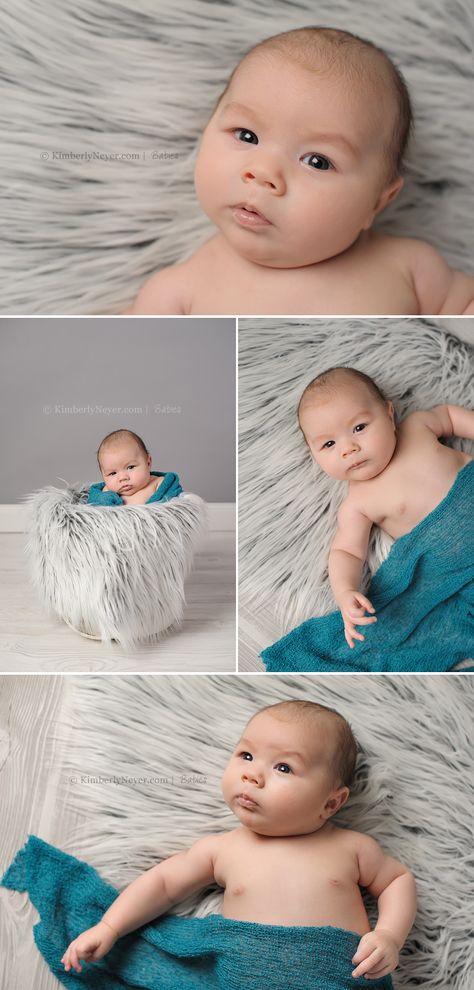
We bend the handles, we unbend the handles.
Where are our legs? Here are our legs!
Our feet run along the path -
Top-top-top, top-top-top.
Hand clap, clap, clap.
Let's stomp top-top, top-top with our feet.
Game 3. "Fingers-family"
Develops fine motor skills and auditory perception.
Read poetry, gently massaging each finger of the baby:
This finger is a grandfather.
This finger is a grandmother.
This finger is daddy.
This finger is mommy.
Well, this finger is me.
This is my whole family.
Repeat the exercise several times, changing the baby's arms.
Other examples of educational games for a child at 3 months in pictures, see our selection.
Toys for a 3-month-old baby
For a 3-month-old baby, toys for concentration and stimulus to grasp are relevant. Educational rugs are perfect, where the baby can play not only lying on his back, but also on his stomach - rising on the handles.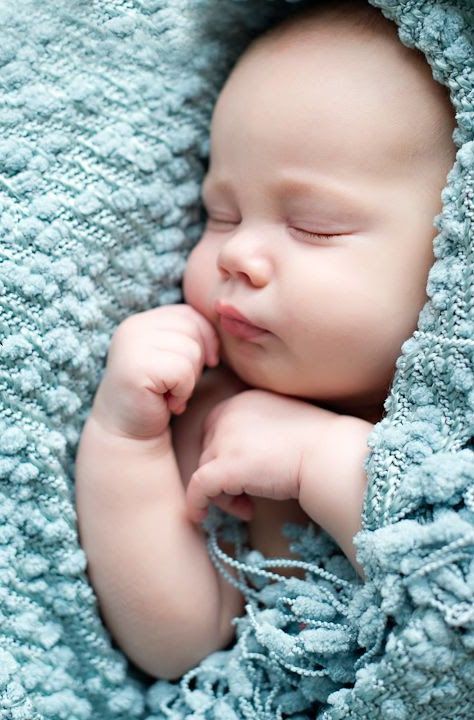 Rustles, rattles, jingles are still interesting to him.
Rustles, rattles, jingles are still interesting to him.
How sleep and child development influence each other
Babies at 3 months sleep 15-17 hours a day, of which 10-11 hours are at night, and during the day - 4 naps lasting from 40 minutes to 2 hours. Read more about the night and daytime sleep of a three-month-old baby in our service: "A child's sleep month by month."
At about 3 months (+/- 2 weeks), babies' sleep patterns change from light to deep, followed by REM (dreaming phase). During this period, sleep may worsen.
BabySleep FAQ this month
Mom:
“My daughter is almost 3 months old, lately her daytime sleep has worsened (20, 30, 40 minutes with constant pumping). Laying down (still motion sickness) also became unbearable. I try to observe the time of wakefulness, but all the same, the baby is constantly hysterical in her arms and does not want to "sick" in any way.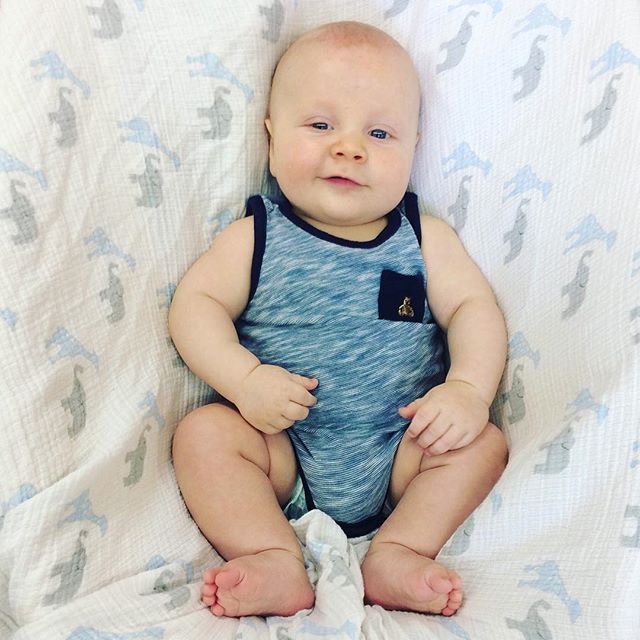 With what it can be connected?"
With what it can be connected?"
Consultant's answer
Polina Markelova
Head of Counseling Department, Top Sleep Consultant
You need to start from the time of wakefulness: the first part of it is quite active (to make the baby tired) and quiet 15 minutes before bedtime. In a calm environment, it is easier to notice signs of fatigue. Sleep resistance can be related to being awake for too long or being too short or not active enough.
How BabySleep can help
If the baby has confused day and night, does not sleep for more than 20 minutes, falls asleep for a long time (often with tears) - do not wait until it becomes very difficult, seek help from a sleep consultant while the problem is still not fixed - sign up for a one-time conversation or arrange an assistance package with accompaniment.
#growth spurt#mommymassage#baby play
', nextArrow: '', responsive: [{breakpoint: 1199, settings: {arrows: !1, infinite: !1, slidesToShow: 1}}] }) })3rd month of life.
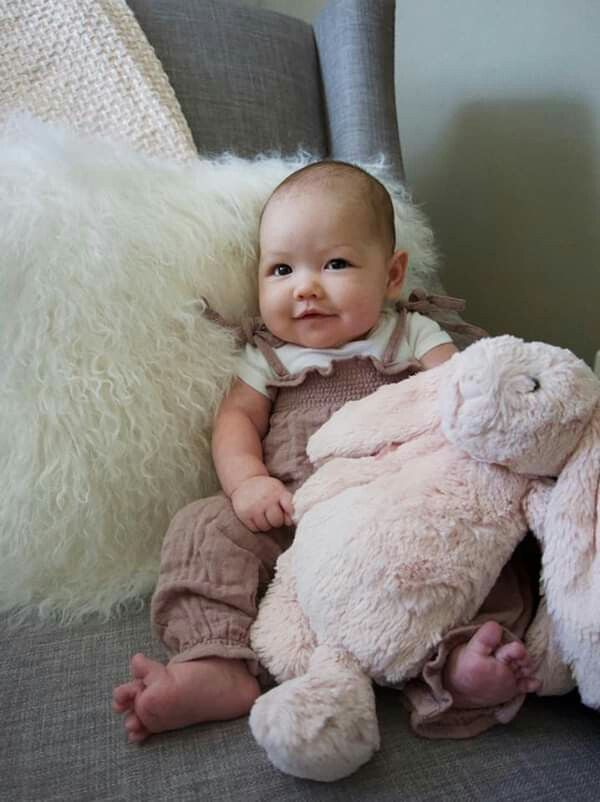 What should a child be able to do?
What should a child be able to do? | More related: |
| Baby from 6 to 7 months, what to do with him Baby 5 to 6 months, what to do with him Baby 4 to 5 months. What to do with him Baby 3 to 4 months old. What to do with him Child from 1 to 2 months. What to do with him |
Baby in the arms of an adult in an upright position already in able to follow the toy for 30-40 seconds, turn the head to 180 degrees. It actively follows a stationary or moving object, the face of the adult talking to him. But eye movements are still poorly coordinated.
Many babies can squint with their eyes, which is natural at this age. K 4 month it disappears. Especially well the baby is entertained by mobile toys, which swing easily and smoothly in the air. It is important that the toy has a few clear details. The ideal distance to the toy is 30-50cm.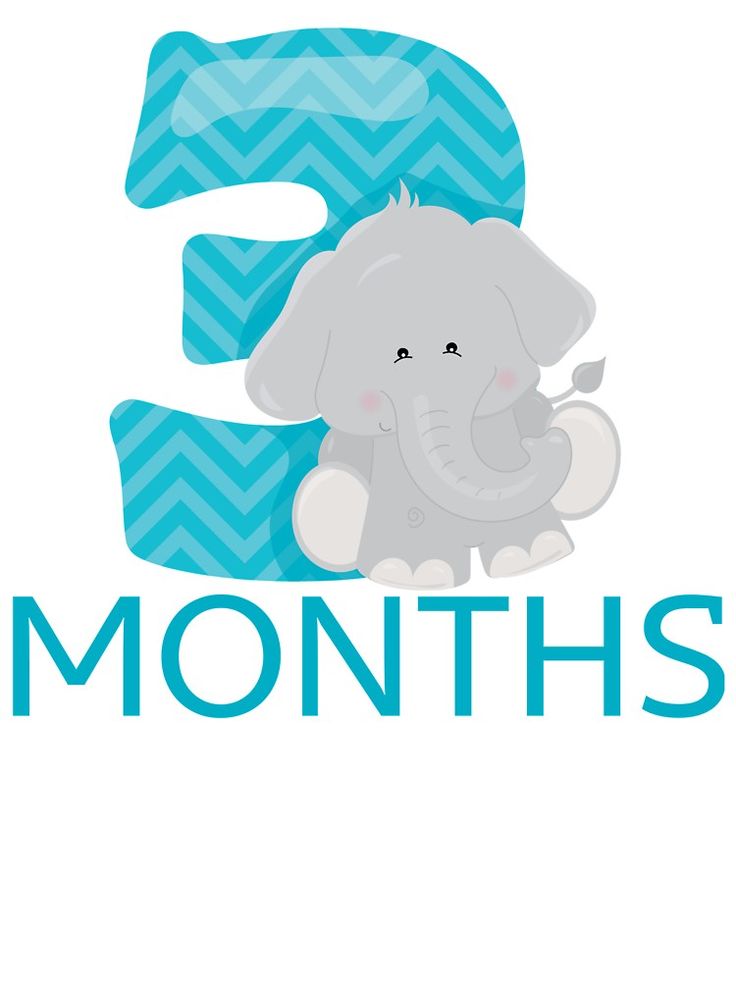 Most toddlers love round objects and their favorite color is red, which is memorable since the time of intrauterine development.
Most toddlers love round objects and their favorite color is red, which is memorable since the time of intrauterine development.
By the end of 3 months, lying on his tummy, the baby already knows how to lean on his forearms and raise the head for 2-2.5 minutes.
This position provides the baby with new development opportunities! He is interested looks around and perceives the world around him from a different angle. More complete the mobility of the head is a great neurological achievement for him!
At 10-12 weeks, the most mobile babies begin to roll over from their back to tummy.
During this period, the so-called “hull stability” develops, which is the basic prerequisite for the first voluntary movements of the child and basis for independent activity.
While the baby is still most often lying on his back, because it is from this position that then it will be most convenient for him to sit down.
By the end of 3 months, the baby begins to feel more and more of his body. Take a closer look at him - he lies directly on his back, but at the same time his nose, chin, sternum, the navel and pubic bone form a straight line. And he plays with his hands in front of his face, examines his fingers, legs bent and slightly pulled up to the navel.
The complex of "revival" in response to the speech addressed to him is clearly expressed.
The baby is very actively looking for the source of the sound with his eyes, smiling in response to your smile. This smile is already called "social" because it occurs in response to on a human face. This is a huge step crumbs in the field of interhuman relationship!
At the end of 3 months, the Moro reflex should disappear in the baby (it consists in symmetrical abduction of the upper limbs with extension of the fingers, followed by adduction of the limbs and flexion of the fingers.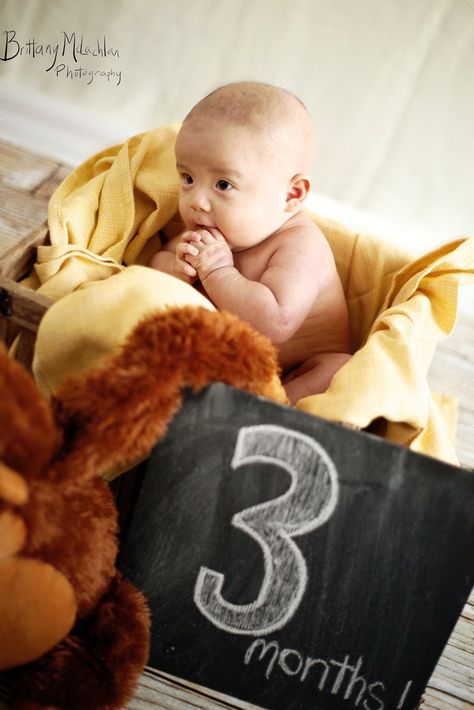 ).
).
Note that now, with sudden exposure to light and sound, your the baby will not incoherently twist arms and legs. Playing with pens, baby bends the legs at the same time.
At 8-12 weeks, the grasping reflex also disappears. The baby has a conscious random grip.
From about 10 weeks, the baby begins to play enthusiastically with his hands, swipe with fingers. He tries to hold on to the toy, tries to touch something. with your own hands. This creates a connection between vision and action. Of course the baby is not immediately be able to grab the toy himself. He will gradually learn this.
With the support of the baby under the armpits, he already confidently leans for 45-60 seconds. about firm support with the feet of the legs bent at the hip joints.
The baby responds well to sounds.
If you gently take the baby in your arms and talk to him, he will be very study your face carefully.


